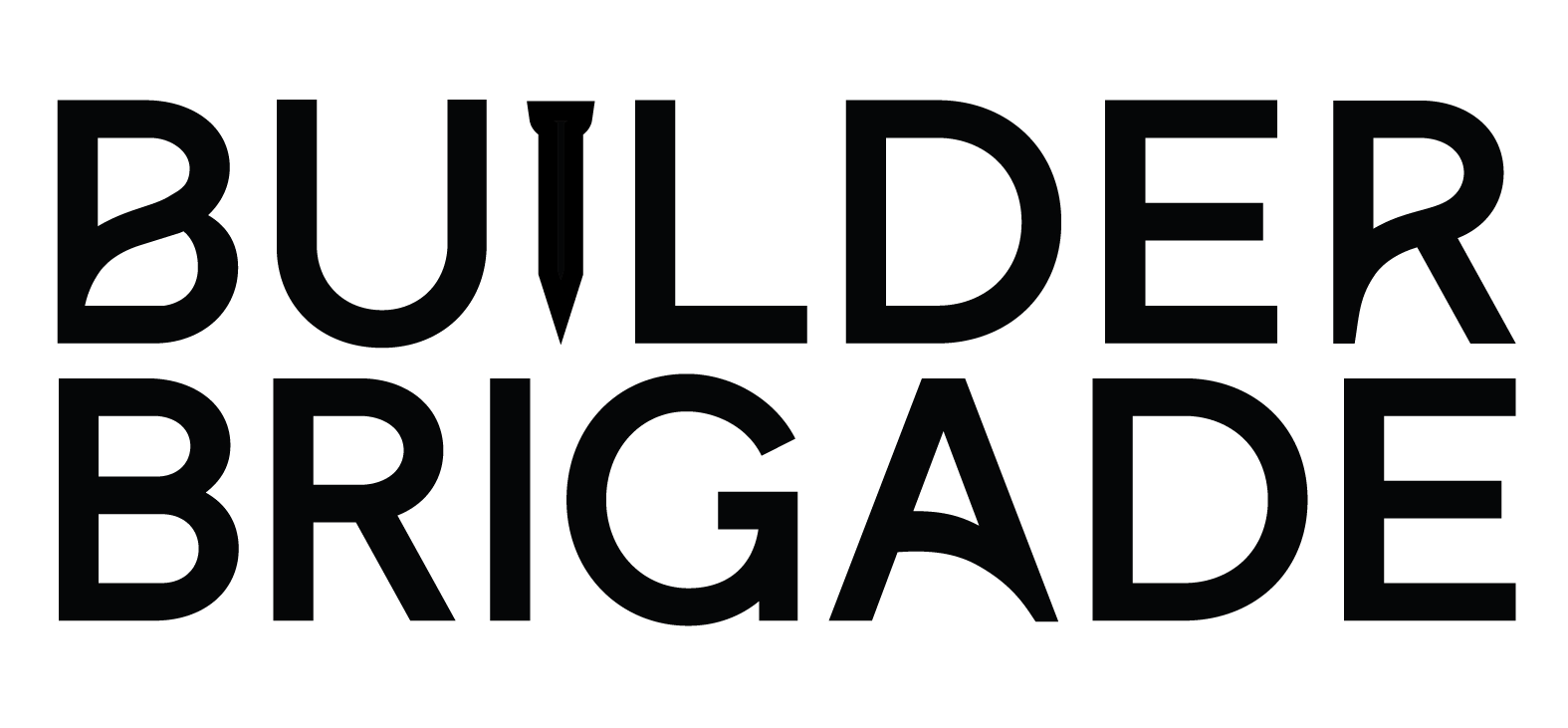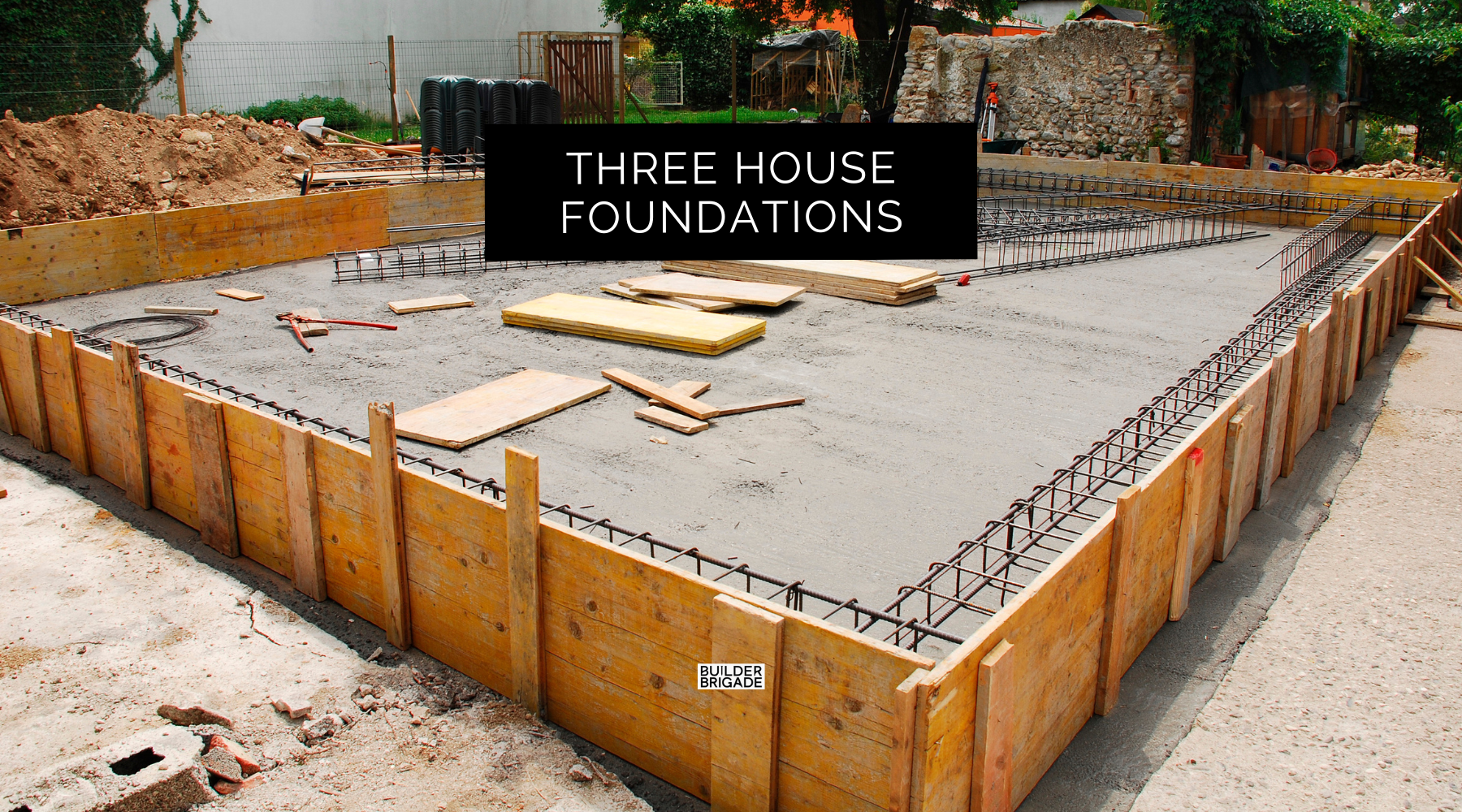Your house foundation plays a big role in how your house functions, feels, and even ages over time. Each type comes with its own pros and cons, so it’s worth understanding your options before making a final call.
Crawlspace Foundation
A crawlspace gives you easy access to plumbing and electrical, which can be a big help for future repairs, upgrades, and renovations. It also gives your house an elevated look from the street and can help protect against flooding. If the space under the house is large enough, it can even double as storage. And for some homeowners, having a floor that isn’t directly on concrete is easier on the knees and joints over time.
But crawlspaces do come with a few challenges. They’re more prone to moisture problems and pests, so proper sealing is a must. Encapsulating the crawlspace helps keep it dry and protected, but this does add to the cost. Crawlspaces can also be less energy efficient than other options since the entire floor needs to be insulated, and the floors themselves can sound a little hollow without the solid base of a slab.
Slab Foundation
A slab gives you a solid, simple foundation that’s great for energy efficiency. There’s no crawlspace for air to sneak in, which helps keep the home better sealed and lowers your chances of mold or pests. It’s also one of the more cost-effective foundation options if going with a slab on grade foundation. The Steam wall slab can be a little more expensive.
But the simplicity comes with trade-offs. Since the drain lines are buried inside the slab, fixing a leak later can mean cutting into the concrete. Homeowners sometimes say standing for long hours on slab floors makes their joints ache. And like any concrete, slabs can crack over time. It’s not always a major issue, but it’s something to expect and plan for.

Concrete Slab Foundation via House Idea
Basement Foundation
If your budget allows it, a basement offers the most long-term benefits. It gives you an entirely new level of usable space whether for living, storage, or a future home gym or guest suite. Basements are especially useful on sloped lots, where you can turn the slope into a walk-out design, so from the front it appears to only be one story but from the back it’s two. In areas with rough weather, basements serve as built-in storm shelters.
The downside? Cost. Basements are the most expensive foundation option, since you’re essentially building an extra floor of your house. They also need careful waterproofing and drainage to avoid long-term moisture issues. When done right, though, a basement can be one of the smartest investments in your home.

Walkout Basement Design via Housing Design Matters
Know Before You Pour
Your foundation is the start of everything, and it’s worth getting right from the beginning. For more smart tips like this, grab the Ultimate Home Building Checklist! It’s packed with real-life advice to help you avoid costly mistakes, delays, and surprises so you can build a home you’ll love from the ground up.







